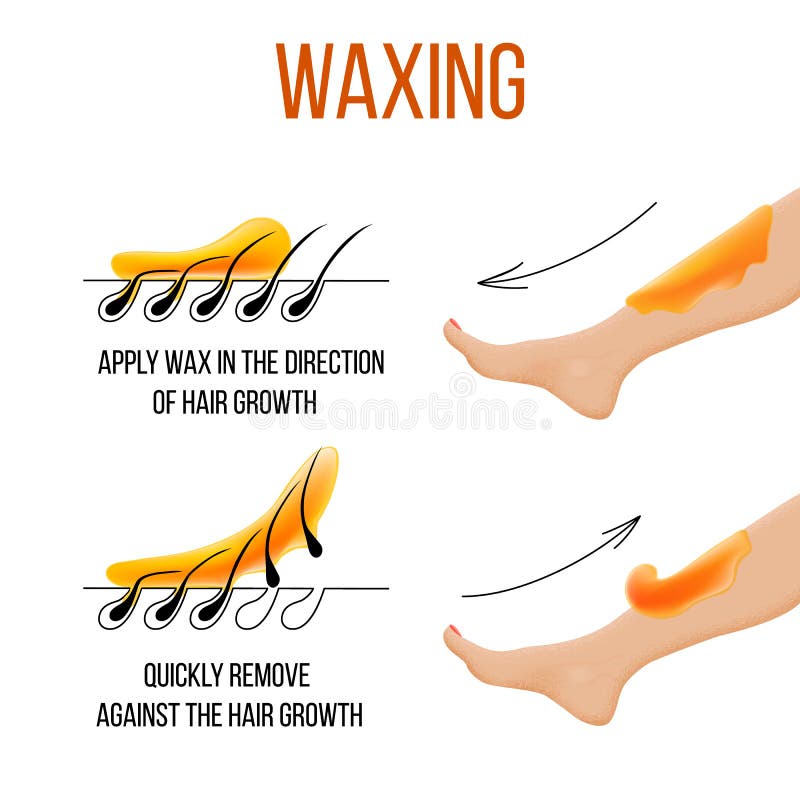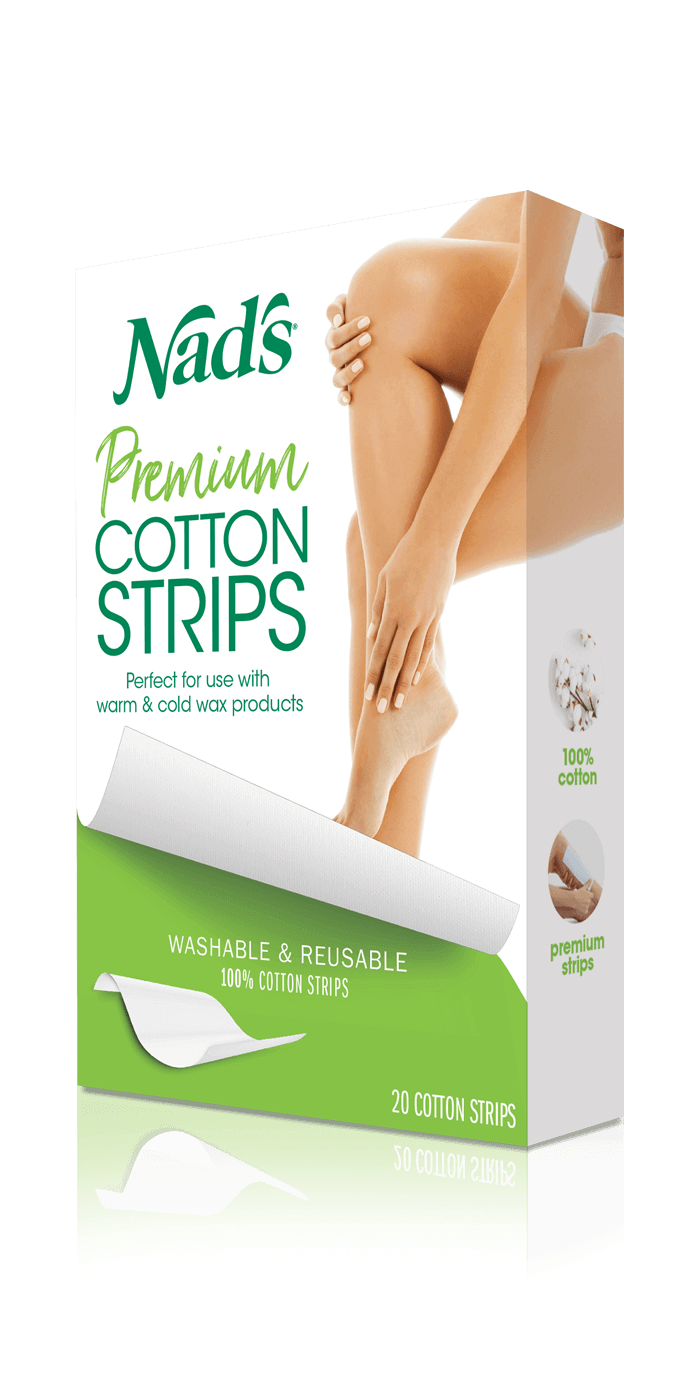Understanding the Art of Shaving: Important Tips for a Pain-free Hair Removal Experience
In the realm of personal grooming, grasping the art of waxing is an ability that can substantially boost one's hair removal experience. From pre-waxing prep work to picking the right wax and grasping appropriate waxing strategies, the trip to a pain-free shaving experience is paved with expertise and experience.
Pre-Waxing Preparation
Prior to undertaking a waxing session, it is vital to appropriately prepare your skin to minimize pain and achieve ideal hair removal outcomes. Beginning by scrubing your skin a day or 2 prior to your visit to get rid of dead skin cells and prevent in-grown hairs. This step aids the wax stick better to the hair, making certain a much more effective removal process. Prevent hydrating on the day of your shaving session as it can develop a barrier in between the wax and your hair, bring about less effective results. Additionally, it is a good idea to cut your hair to about a quarter of an inch prior to waxing to avoid unneeded pain throughout the procedure.
Moreover, it is essential to cleanse your skin completely before waxing to remove any oils, creams, or dust that might interfere with the wax's ability to hold the hair. This action not just boosts the efficiency of the shaving procedure however also helps in reducing the threat of post-waxing outbreaks - Laser Hair Removal. By complying with these pre-waxing preparation steps, you can guarantee a smoother and much more comfy hair elimination experience

Selecting the Right Wax
Choosing the appropriate sort of wax is important for making certain a comfy and successful hair removal process. There are numerous kinds of waxes offered, each satisfying different skin kinds and hair appearances. Both primary classifications of wax are difficult wax and soft wax. Difficult wax appropriates for sensitive areas like the face, underarms, and swimsuit line as it adheres just to the hair, making it less uncomfortable for these fragile areas. On the other hand, soft wax is perfect for bigger areas like legs and arms as it is applied thinly and gotten rid of with fabric strips.
When picking a wax, consider your skin sensitivity, hair thickness, and the area you prepare to wax. Coarse hair may require a wax particularly formulated for solid hair elimination.
Correct Waxing Strategy
To begin, it is vital to cleanse the skin thoroughly before applying the wax. In addition, always make sure that the wax is warmed to the appropriate temperature level to stay clear of burns or inefficient hair removal. Applying the wax in the direction of hair development and removing it versus the hair growth aids to guarantee that the hair is drawn from the root, resulting in smoother and longer-lasting results.
Furthermore, making use of little areas of wax at a time and pressing securely on the wax strip before elimination can aid enhance the effectiveness of the process. Lastly, remember to apply mild pressure on the skin after waxing to calm any type of pain and decrease soreness. By complying with these proper shaving techniques, you can achieve a more pleasant and successful hair elimination experience.
Aftercare Tips

Furthermore, it's a good idea to avoid from tasks that may trigger extreme sweating, such as extreme exercises, quickly after waxing to stop additional irritation. Applying a cold compress or aloe vera gel can assist decrease swelling if any type of inflammation or bumps persist after waxing. Following these aftercare pointers carefully can ensure a effective and comfy waxing experience with long-lasting results

Troubleshooting Common Issues
Attending to common problems that may arise throughout the shaving procedure is important to making certain a smooth and successful hair elimination experience. One usual issue is skin irritation, which can take place due to sensitive skin or incorrect shaving methods. To reduce this, making use of a calming cream consisting of aloe vera or chamomile post-waxing can help relax the skin. An additional issue is ingrown hairs, where hair like it swirls back or grows sideways into the skin after waxing. Routine exfoliation with a mild scrub can avoid ingrown hairs by removing dead skin cells and allowing hair to expand easily. Furthermore, if you experience wounding or redness after waxing, using a cold compress can minimize swelling and soothe the skin. Finally, if you discover uneven hair elimination or spots of missed hair, think about changing your shaving technique or looking for professional assistance find here for more complex areas. By attending to these typical waxing concerns proactively, you can enhance the total performance and comfort of your hair removal regimen.
Final Thought
Finally, mastering the art of waxing requires proper preparation, picking the right wax, using the proper method, and adhering to aftercare pointers. By adhering to these vital pointers, people can accomplish a painless hair elimination experience. Laser Hair Removal. It is crucial to troubleshoot usual concerns that might develop during the waxing procedure to make sure a effective and comfortable end result. With method and interest to detail, waxing can be a reliable hair removal linked here technique.
Moreover, it is essential to cleanse your skin extensively before waxing to get rid of any type of oils, creams, or dirt that can interfere with the wax's ability to grasp the hair. The two primary categories of wax are hard wax and soft wax.When selecting a wax, consider your skin sensitivity, hair thickness, and the location you prepare to wax.In addition, making use of little sections of wax at a time and pressing strongly on the wax strip prior to elimination can assist improve the efficacy of the procedure. After waxing, it's vital to maintain the waxed location tidy and free from irritants.